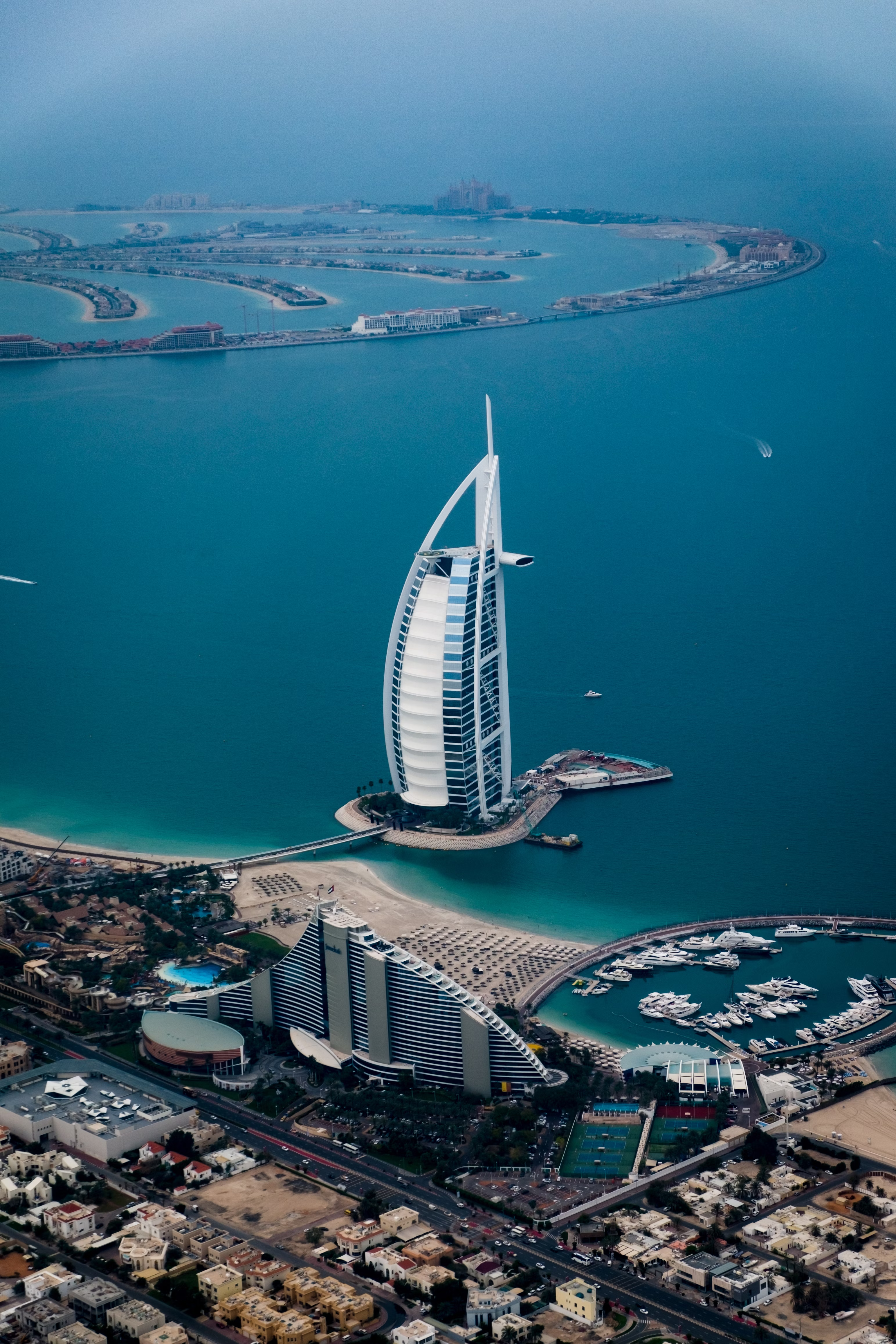For years, Broad Beach in California has been a coveted retreat for celebrities and affluent homeowners alike, known for its stunning views and serene waters. However, as rising sea levels and coastal erosion threaten this picturesque enclave, conflicts over sand—the very foundation of its beauty—have reached a boiling point. In a way, it’s almost as tense as an MLB game in the ninth inning.
The Players in the Sand Dispute
At the center of this dispute is Mark Attanasio, the principal owner of the Milwaukee Brewers, an MLB team, who finds himself embroiled in legal challenges from his neighbor, financier James Kohlberg. According to a lawsuit filed in the Los Angeles County Superior Court, Kohlberg accuses Attanasio of unlawfully appropriating public sand for construction work on his property. “This case is about a private property owner using a public beach as their own personal sandbox,” the lawsuit asserts.
Kohlberg alleges that Attanasio’s construction team has trespassed into restricted tidal zones, causing environmental damage and disrupting public access to Broad Beach. The construction activities reportedly involved large excavators that not only removed sand from public areas but also leaked fuel into the surrounding ocean—an act that raises serious ecological concerns, much like the issues debated in MLB team management.
Defending the Actions
In response to the allegations, Attanasio’s attorney, Kenneth A. Ehrlich, strongly refutes the claims, stating that his client has adhered to all necessary permits and regulations. “2XMD is in the midst of a fully-permitted emergency repair of the property to protect it from ocean forces,” Ehrlich stated. He emphasized that Attanasio’s long-standing ownership of beach property comes with a commitment to environmental stewardship and resource preservation, similar to the approach one might expect from an MLB franchise owner.
The legal battle stems from Attanasio’s acquisition of permits to repair a damaged seawall on his property. Over the past few months, construction crews have been active in the area, which Kohlberg claims has impeded public access and exacerbated the ongoing erosion crisis.
A Wider Context of Erosion
The conflict over sand is not an isolated incident. Broad Beach has been experiencing significant coastal erosion for decades, with studies indicating that the high tide line has gradually moved inland by approximately two feet annually since 1974. This has resulted in a staggering loss of beach area—over sixty-five feet by the early 2000s. The ongoing erosion has compelled homeowners to seek various solutions, often leading to confrontations with environmentalists and government authorities, much like disputes within MLB’s community regarding player management and regulations.
Past attempts to combat the erosion have included controversial measures such as illegal sand pushing and the installation of extensive rock seawalls—efforts that have drawn criticism for their environmental impact. Furthermore, a $31 million sand restoration project backed by a group of celebrities faced legal hurdles after some residents opposed it, citing concerns over its ecological implications.
Legal Consequences and Future Implications
As the current legal proceedings unfold, Kohlberg’s legal team has requested significant fines against Attanasio, potentially amounting to $30,000, with an additional $15,000 for each day of continued violation. They are also seeking a court order to mandate the restoration of the sand removed from the beach.
The outcome of this case may set a precedent for how similar disputes are handled in coastal communities grappling with the impacts of climate change. As the pressures on public beaches increase, the balance between private property rights and environmental stewardship will continue to be tested, just like the balance sought in MLB when dealing with player contracts and team dynamics.
In the face of these challenges, Broad Beach remains a microcosm of larger environmental issues, illustrating the intricate relationship between coastal development, climate change, and community dynamics.
Related stories:
Catch up on the top stories and travel deals by subscribing to our newsletter!












Leave a Reply